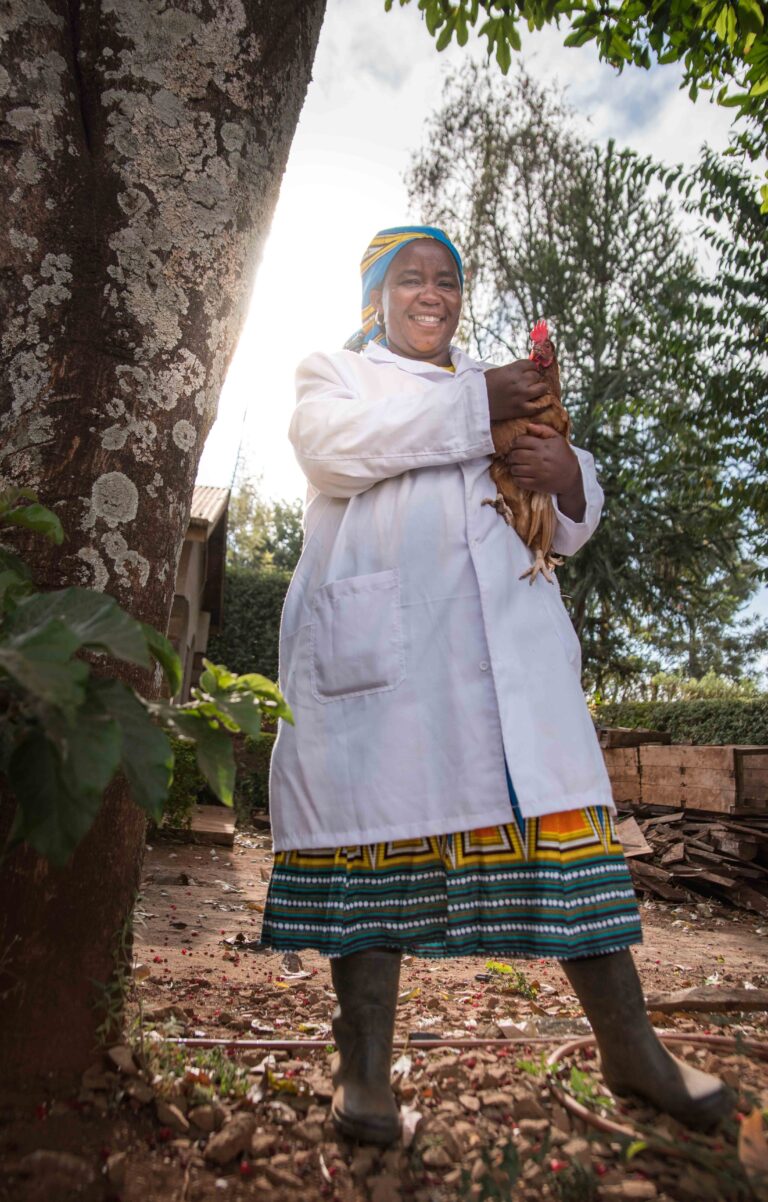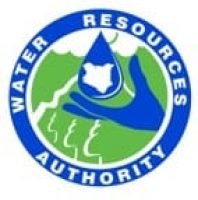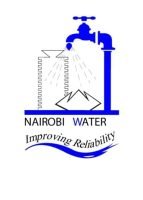Upper tana-nairobi water fund trust
Water Funds in Africa
High on the hillsides north of Kenya’s capital, more than 45,000 farmers are terracing fields, planting trees, and digging rainwater storage ponds to conserve water and keep their farms’ soil out of the river that supplies Nairobi with much of its drinking water and energy.
In the flatlands outside Cape Town, South Africa, above an aquifer that is critical to the supply of water for that dry city, a small team of women are pulling up non-native, water-thirsty plants that are taking excessive amounts of moisture from the ground.
In both cases, these activities to restore natural ecosystems are funded in part by the very people who rely most on the precious water those environments supply: businesses and water users in the cities downstream.
UPPER TANA-NAIROBI WATER FUND TRUST

Lorem ipsum dolor sit amet, consectetur adipiscing elit. Ut elit tellus, luctus nec ullamcorper mattis, pulvinar dapibus leo.

Lorem ipsum dolor sit amet, consectetur adipiscing elit. Ut elit tellus, luctus nec ullamcorper mattis, pulvinar dapibus leo.

Lorem ipsum dolor sit amet, consectetur adipiscing elit. Ut elit tellus, luctus nec ullamcorper mattis, pulvinar dapibus leo.

Lorem ipsum dolor sit amet, consectetur adipiscing elit. Ut elit tellus, luctus nec ullamcorper mattis, pulvinar dapibus leo.

Lorem ipsum dolor sit amet, consectetur adipiscing elit. Ut elit tellus, luctus nec ullamcorper mattis, pulvinar dapibus leo.

Lorem ipsum dolor sit amet, consectetur adipiscing elit. Ut elit tellus, luctus nec ullamcorper mattis, pulvinar dapibus leo.
INVESTING IN NATURE
“Green infrastructure” is often more cost-effective than upgrading “grey infrastructure”
As populations grow, economies boom, and the climate changes, watersheds that naturally help power progress and give people water are coming under extreme pressure.
Nairobi needs nearly four times more water than it did 15 years ago, and every day more than half of the city’s 4 million residents can’t access enough water. In Cape Town, acute shortages have forced authorities to limit people to 50 liters per day: barely enough for a four-minute shower and two toilet flushes.
Science shows that preventing problems at their source by investing in nature’s own supply chains — “green infrastructure” — is often more cost-effective than upgrading “grey infrastructure” like dams and reservoirs.
Water funds create a system through which municipal utilities and businesses can invest in the source of their water upstream. But it’s not just downstream stakeholders that are investing in these protection and restoration initiatives: The proven water fund model has attracted outside funding as well, from public funding agencies, as well as private foundations and donors. In the case of the Upper Tana-Nairobi Water Fund, interventions such planting trees, creating riparian buffer zones, and teaching farmers terracing techniques are creating an improved water supply, a healthier freshwater ecosystem, and improved livelihoods for farming families.
TAKING IT TO SCALE
The Nature Conservancy (TNC) launched its first water fund in Quito, Ecuador, in 2000, and since then has proven the formula in more than 30 cities around the world. The Upper Tana-Nairobi Water Fund became the first water fund in Africa in 2015. Since then a water fund has been established in Cape Town and TNC scientists have assessed the potential for watershed conservation to benefit cities, rural livelihoods, and nature across 30 large cities in Sub-Saharan Africa that are primarily dependent on surface water supply. TNC has shared its two decades of experience on water funds globally with others who can replicate the model in cities across Africa. By 2025, it is expected there will be 10 water funds operating or under development in Africa.
Zeleke Teferi, Head of Catchment Management for the Addis Ababa Water Agency, has lauded the Upper Tana-Nairobi Water Fund on how it united upstream farmers with downstream water users.
“The important thing is it brings together all the stakeholders — the farmers, the water users, and the water suppliers,” he said. “Other initiatives only considered one set of stakeholders. There was a disconnection, but here everyone is joined.”


Other Water Funds
Global Water Funds
Water does more than give life — it sustains it.
When there’s enough water, life thrives. It is necessary for the health and wellbeing of plants, animals and people. It supports growth, prosperity and safety for all communities. In fact, most cities took root because a source of water was nearby. But, today, research shows that half of all people live in places where their water sources are being degraded or used up faster than they are being replenished.
That means major losses for people and nature. Deforestation, poor agricultural practices and other unsustainable land uses result in less water flowing downstream, fewer fish and other wildlife, and more pollution. In 2018, Cape Town came within 90 days of “day zero,” when the city’s taps would be turned off. In 2019, Chennai—India’s sixth-largest city—has essentially run out of water. These are not isolated incidents. Forty percent of the world’s watersheds are unhealthy, threatening approximately 1.7 billion people living in cities. The incentives to secure water are clear. But, when it comes to water, the real return on investment is in protecting and restoring watersheds—where water comes from. Forward-looking businesses, governments, water utility companies and other water users are already collectively investing in their future water supplies through water funds—innovative collaborations that secure long-term funding for the conservation of their watersheds. With almost three dozen water funds in operation globally, the impact of these funds is already significant. Water funds can help meet the world’s rapidly growing need for clean water—and a host of other environmental and economic challenges—but only if we can mobilize investment on a global scale.




